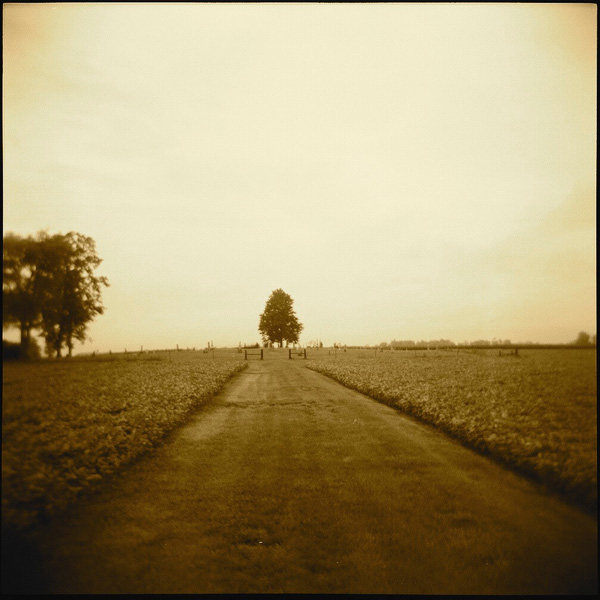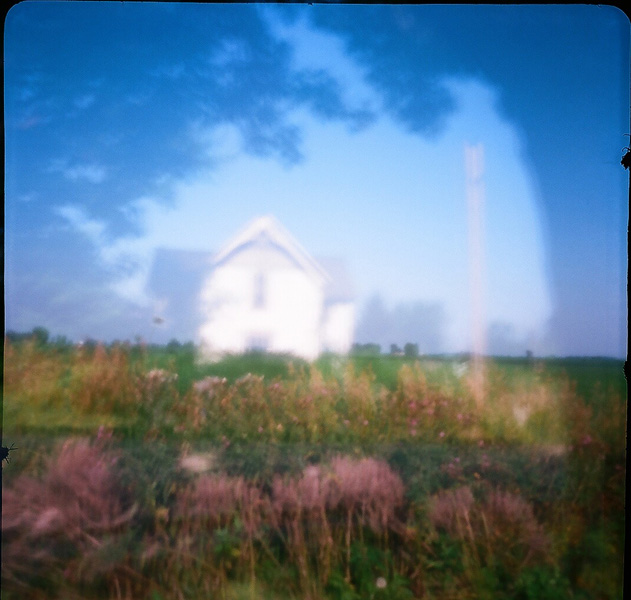Deep roots, rich dirt
by Laird Hunt There is a passage in Jean Toomer’s marvelous hybrid novel Cane that describes a woman, sitting in a theater in a northern city, whose roots, likely unbeknownst to her, sink deep through the floor and travel south. The image is fraught, of course, because the woman being described is African American and Toomer, who was also African American, was writing in a context of deep social injustice during Jim Crow when the wounds of slavery were still fresh. Still, there is beauty too in the evocation (as indeed there is throughout all Toomer’s work) – the pungent, sticky, nostalgia-laced beauty of heat-hazed vistas, blood-red moons, and cane fields blowing sweet and sharp-edged in the wind. Toomer’s root-trailing woman is a suitably complex reminder then of how what we think lies behind us remains ever present, and ever impactful, whether we know it or not, want it or not. Put otherwise, and to borrow from Toomer’s contemporary William Faulkner, “The past is never dead. It’s not even past.”
There is a passage in Jean Toomer’s marvelous hybrid novel Cane that describes a woman, sitting in a theater in a northern city, whose roots, likely unbeknownst to her, sink deep through the floor and travel south. The image is fraught, of course, because the woman being described is African American and Toomer, who was also African American, was writing in a context of deep social injustice during Jim Crow when the wounds of slavery were still fresh. Still, there is beauty too in the evocation (as indeed there is throughout all Toomer’s work) – the pungent, sticky, nostalgia-laced beauty of heat-hazed vistas, blood-red moons, and cane fields blowing sweet and sharp-edged in the wind. Toomer’s root-trailing woman is a suitably complex reminder then of how what we think lies behind us remains ever present, and ever impactful, whether we know it or not, want it or not. Put otherwise, and to borrow from Toomer’s contemporary William Faulkner, “The past is never dead. It’s not even past.”
I was raised in significant part on a central Indiana farm out of whose fields in the early years many an arrow and axe head was dug. One of the latter, which I retrieved from a forlorn drawer in the farmhouse basement, sat for many years on the desk in my attic room. Even as a teenager, I was not immune to the twinned symbolism of the sharpened stone, which spoke both to my family’s presence in the region since the mid-19th century and to the much longer presence of the Illini and other peoples my family played a part in displacing.
I would pick it up from time to time, that axe head, feel its weight and run my finger along its edge. It was just a little thing, really, and wouldn’t have been much use for cracking skulls (the kind of consideration the teenage mind too often entertains). It nonetheless made more palpable my own trail of roots, proposed a connection to earlier lives and adventures I hadn’t known or lived.
It wasn’t just the axe head that evoked the past: my great-grandfather’s rods and long-dry fishing lures hung not far from the cabinet where the axe head had come to rest; bell jars left years before to gather dust on a shelf in the chicken house caught the light mysteriously; photos of departed people hung here and there on the walls. Indeed, much on that farm, like those vanished relatives and the vanished Illini, spoke loudly to mystery and legacy through their very absence. Chief among these was the house my grandmother had been born in, which had stood until a year after her birth on a little rise now covered, depending on the year, in either soy beans or corn.
Actually I should say the house that my grandmother was still-born in – as she liked to relate, often and with considerable pride, she was born breach and not breathing and was only saved because a second doctor was in attendance that day and took her to the kitchen and pumped cold water on her while his colleague saw to her mother. I suspect the house – my grandmother’s birthing story notwithstanding – wasn’t much: some weather-beaten walls, a stove of some sort, a suspect roof. It was left behind, then demolished because it sat too far back from the road.
A sealed well, presumably the one from which the water that woke my grandmother was pumped, was buried somewhere near where the old house stood. My cousins and I looked for it sometimes when we were children but never found it. Regardless, my mind has turned frequently over the years to that small, vanished house and that well below the rich dirt of the rise. And in my writings, Neverhome not the least, I have often evoked obscure and lost places – flooded caverns and deep cracks in the soil – and placed literal and figurative lanterns and shovels in my characters’ hands.
 Probably it is little wonder then that Constance ‘Ash’ Thompson, Neverhome’s protagonist, who is telling her tale of going to fight in the Civil War, telling it years after the end of that terrible conflict, speaks early in the novel of the layered earth of her own farm (which has its own rise) and the phantoms it can evoke for her:
Probably it is little wonder then that Constance ‘Ash’ Thompson, Neverhome’s protagonist, who is telling her tale of going to fight in the Civil War, telling it years after the end of that terrible conflict, speaks early in the novel of the layered earth of her own farm (which has its own rise) and the phantoms it can evoke for her:
“In the old days there were Indians here. Miami, Illini, who knows maybe it was some of the Shawnee. They had a camp on the rise sits in the middle of the front field. Every now and again I still churn up an arrowhead. There are oyster shells from far-off waters in our dirt. There are chiseled bear and wolf bones. When I was a child and my dead mother let me go, I used to run out to the rise with a feather band on my head. I expect I got a friend or two to play at it with me over the years. You can’t pick anything up out of the dirt will take you close to the true past, but the child a-dance at dusk amid the chopped-down cornstalks can conjure it. That child I was is long gone but I remember some of its tricks and now and again I pick up a lost feather in the yard and feel a flicker. The fields look to move then. The air gets heavy and fills itself with fires and hurt faces.”
Thank god it isn’t every time we pick up the feather or heft the axe head or look at the evening light slanting long through a line of cobalt canning jars that we perceive the ghostly past. But it doesn’t mean it isn’t there. It is always there. And if Ash expresses some ambivalence about the nature of the evocations of the objects she pulls out of her own dirt, we can forgive her, for – perhaps like the deep-rooted woman in Toomer’s theater – she has seen and felt too much, and the seal she is trying to rupture in telling her tale has been laid over a well filled with too much sorrow. Certainly the past, whether it sends us figments and phantoms, or comes itself unvarnished to float before us, is something to attend to carefully. I can say with certainty that Ash and I agree about that.
 Laird Hunt is the author of six novels, a collection of stories and two translations. A former UN press officer, Laird now teaches Creative Writing at the University of Denver. He lives in Boulder, Colorado with his wife, the poet Eleni Sikelianos, and their daughter, Eva Grace. His work has been published in eight languages. His last novel, Kind One, was a finalist for the PEN/Faulkner Award for Fiction and won the Anisfeld-Wolf Award for Fiction. Neverhome, the first of his novels to be published in the UK, is out now from Chatto & Windus in harbback and eBook. Read more.
Laird Hunt is the author of six novels, a collection of stories and two translations. A former UN press officer, Laird now teaches Creative Writing at the University of Denver. He lives in Boulder, Colorado with his wife, the poet Eleni Sikelianos, and their daughter, Eva Grace. His work has been published in eight languages. His last novel, Kind One, was a finalist for the PEN/Faulkner Award for Fiction and won the Anisfeld-Wolf Award for Fiction. Neverhome, the first of his novels to be published in the UK, is out now from Chatto & Windus in harbback and eBook. Read more.
lairdhunt.net
Read an extract from Neverhome

